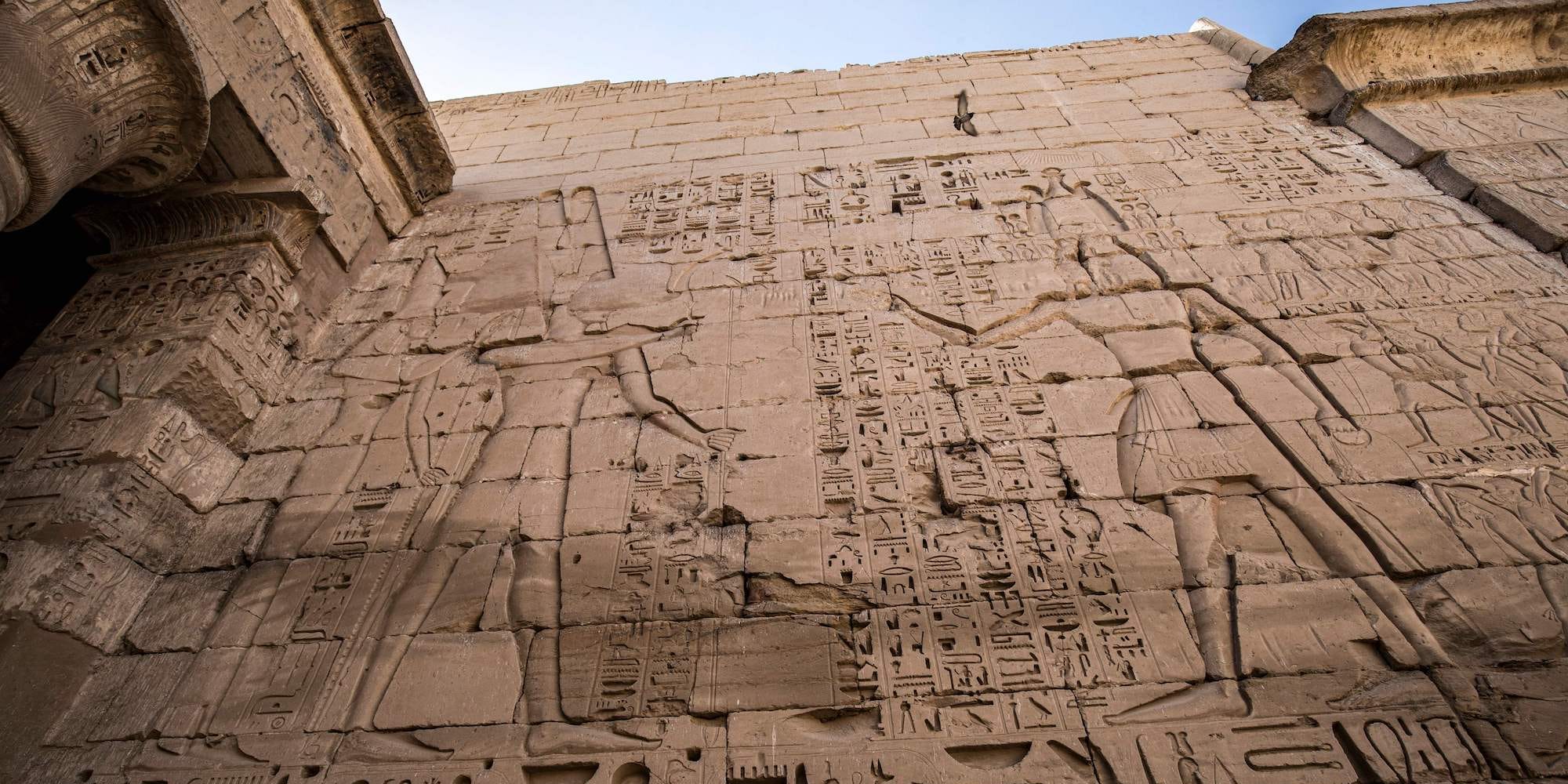
KHALED DESOUKI/AFP via Getty Images
- Scientists have uncovered the first known example of pregnant woman being mummified.
- The mummy was first thought to be a male priest because of an inscription on the sarcophagus.
- "We were really shocked," said one of the scientists who led to project in Warsaw, Poland.
- See more stories on Insider's business page.
Scientists were "shocked" to find that a mummy they previously thought to be a male priest instead a pregnant woman.
Scans of the remains revealed the mummy to be the first known case of embalmed pregnancy, according to researchers at the Warsaw Mummy Project in Poland.
The project posted images of the scans to Facebook:
Marzena Ozarek-Szilke, an anthropologist and archaeologist of the University of Warsaw, told the Associated Press that she was "surprised" when she saw scans suggested that the body had breasts and no penis.
"When we saw the little foot and then the little hand [of the fetus], we were really shocked," she said.
The mummified woman, whose name is unknown, would have been in her 20s to 30s when she died, and would have been in her second trimester of pregnancy, the researchers estimate.
She would have come from an elite community, the scientists said in the study, judging from how she was carefully mummified, wrapped in fabrics, and had amulets
The four bundles in the unnamed woman's abdominal cavity, were previously thought to be embalmed organs, the BBC reported.
The findings were published in the peer-reviewed Journal of Archeological Science on Wednesday.
The woman's mummified remains are thought to have first been exhumed from a royal tomb where the ancient city of Thebes once stood, before being transferred to the National Warsaw Museum in Poland in 1826.
An inscriptions on the sarcophagus had previously led scientists to believe the mummy was a male priest named Hor-Djehuty, who lived between the 1st century BC and the 1st AD, The Warsaw Mummy Project said in a Facebook post.
It is not clear why the fetus was not removed from the woman's body before embalming, the BBC reported.
The findings could provide clues about role of pregnancy and maternity in ancient Egypt, the study said.
Thebes, a city by the Nile on a site that became modern-day Luxor, is often referred to as an "open-air museum" for its wealth of ruins and archeological discoveries.
In 2019, 30 ancient sarcophaguses were unearthed where Thebes once stood, with perfectly preserved mummies inside, Insider's Morgan McFall-Johnsen reported.









